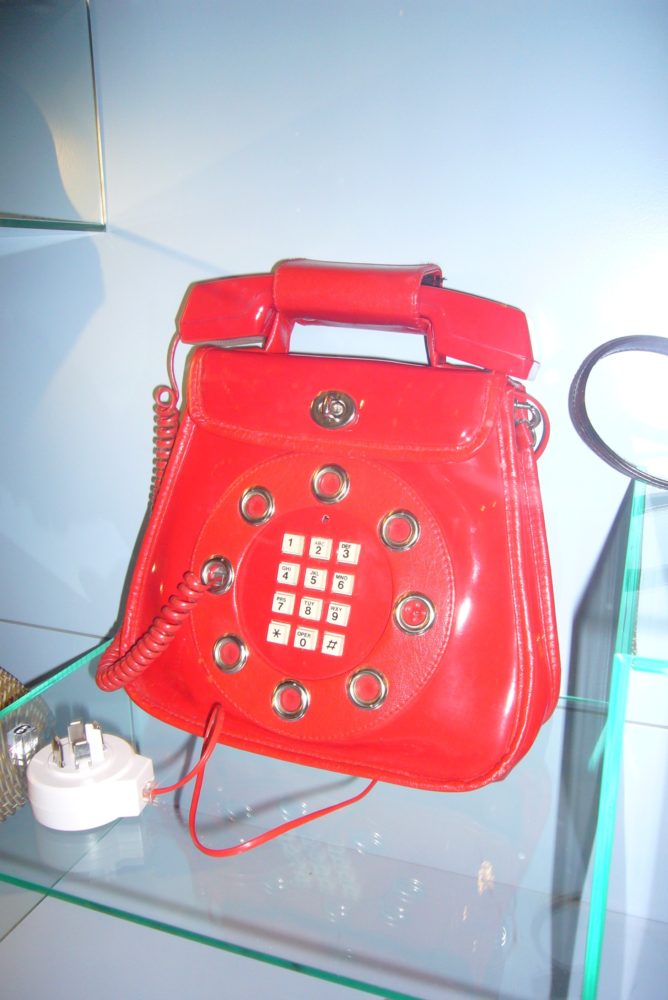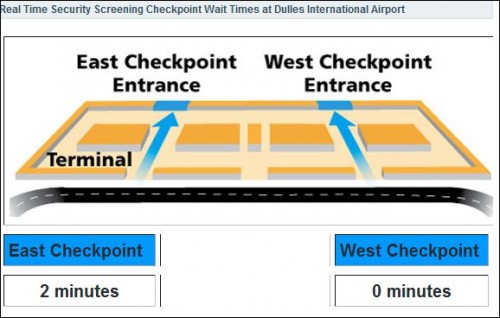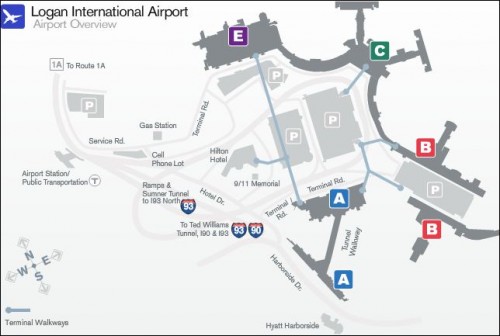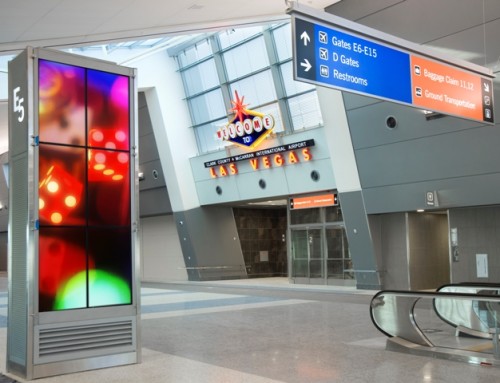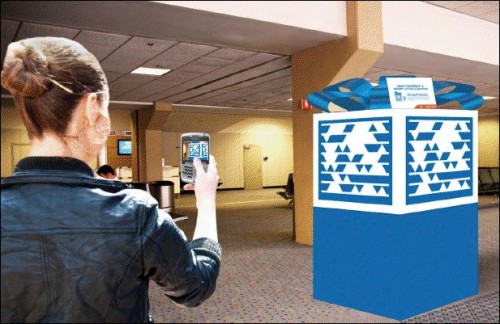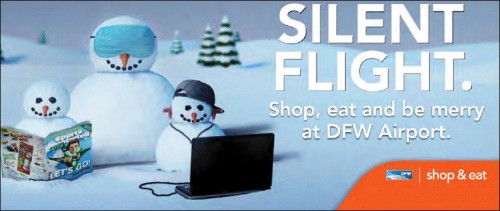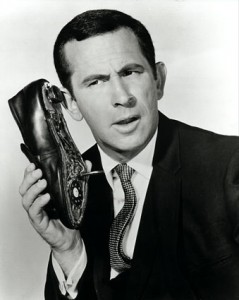Frequent travelers know that at some airports it sometimes still requires finding a ‘sweet spot’ or standing on one foot in order to make a phone call, check email or download large files on a smartphone or some other mobile device.
A recent RootMetrics report evaluating coverage and performance of the four major carriers (AT&T, Verizon, T-Mobile and Sprint) at 50 of the country’s busiest airports helps explain why.
“In aggregate the clear winners are Verizon and AT&T on the data side, but that has a lot to do with their faster deployment of 4G LTE technology,” said Bill Moore, CEO of RootMetrics.
The Bellevue, Wash.-based firm measures and analyzes mobile services and tested speed and reliability of airport signals, looking at average download and upload speeds, email performance, web and app performance and network reliability.
Carrier-wise, the test gave top honors to AT&T and Verizon. Each carrier received top scores (RootScore awards) at 30 airports. T-Mobile performed well at 3 airports; Sprint was shut-out.
Sprint didn’t respond to a request to comment on the results for this story, but T-Mobile said it’s already making upgrades.
“T-Mobile has made significant enhancements to the network since this testing was conducted, including launching 4G LTE in 116 metro areas reaching 167 million people,” Grant Castle, vice president of engineering at T-Mobile, told CNBC. “We plan to have 4G LTE coverage nationwide by the end of this year.”
On an airport by airport basis, the testers found huge differences and variances by time of day and location. “Baggage claim areas, down in the basements, are typically the worst,” said Moore, “So if you’re trying to get in touch with someone to pick you up that can be a big challenge.”
The varied results make it hard to say which airports overall are the best and worst. “We looked at both reliability and speed, since those are the two factors that mean most to consumers,” Moore said.
“Across the 50 airports that we tested, Verizon was the only carrier to record a perfect score for network reliability. They did so in four different airports—Austin (AUS), Charlotte (CLT), San Antonio (SAT) and San Jose (SJC). On the flip side, Sprint’s network reliability performance at George Bush Intercontinental Airport in Houston was the lowest we recorded across the 50 airports.”
For frequent travelers whose mobile devices are essential tools for taking care of business at airports before, between and after flights, hit and miss signal strength and speed “absolutely influence” what types of services can be accessed,” said Cathy Schetzina, senior research analyst with global travel market research company PhoCusWright, Inc. “An inability to complete their task efficiently via mobile could cause certain travelers to revert to alternative methods – like standing in line!” she said.
And that can have an impact on the bottom line for travelers, airports and carriers.
When he learned about the RootMetrics report, David Wilson, chief technologist at Seattle-Tacoma International Airport, immediately checked to see how SEA’s mobile services compared to other airports. “AT&T service at our airport is fantastic and our relative performance to other airports is very good,” said Wilson.
If it wasn’t, he said he’d immediately begin negotiations to upgrade service. “Our goal is to provide excellent customer service and we know the strength of our both of cellular and Wi-Fi network affects our customer satisfaction ratings.”
RootMetrics expects to complete another round of airport signal testing by the end of the year and “we’re hearing that there are considerable efforts underway to improve coverage at many airports,” said Moore.
In the meantime, “At least this study lets travelers know that they are not alone and that everyone is feeling the data crunch at the airport,” said Jason Rabinowitz, Associate Editor at NYCAviation.com.
(My story about testing cell signals at airports first appeared on CNBC Road Warrior)
